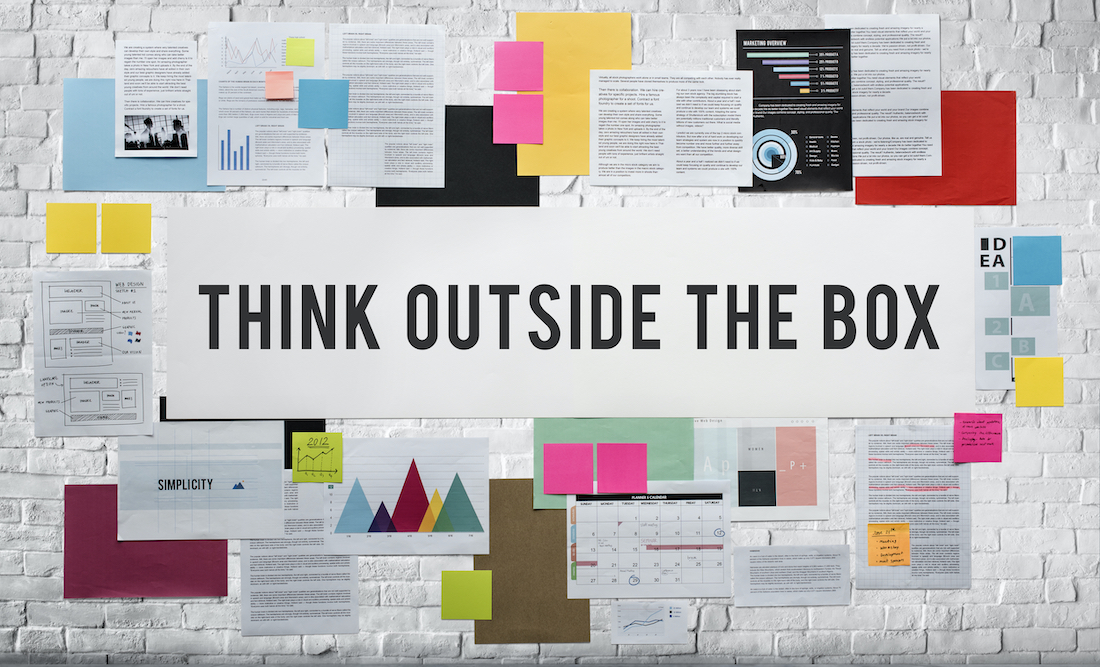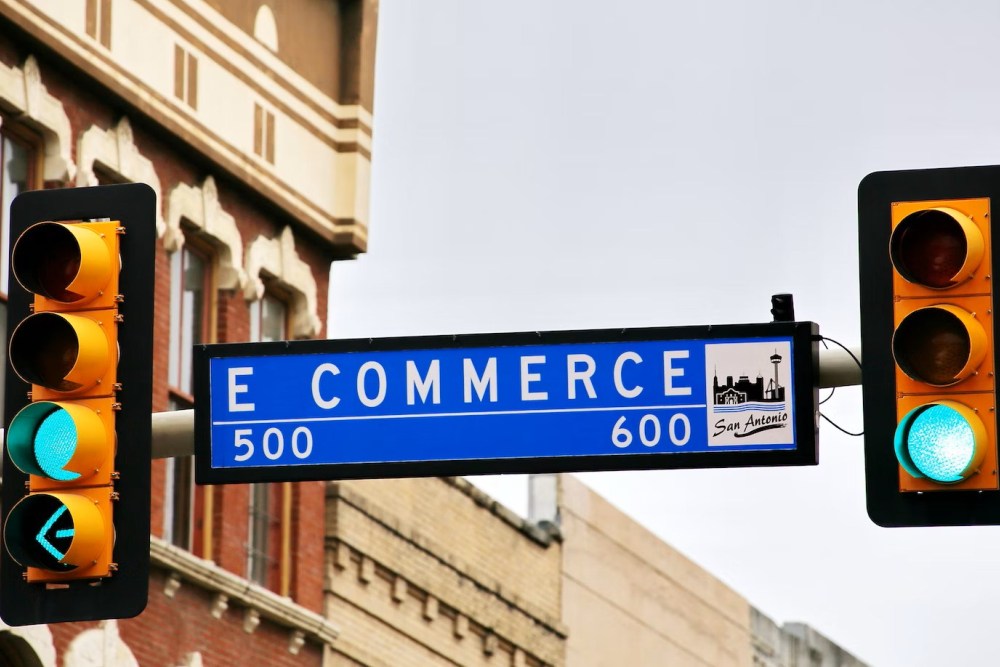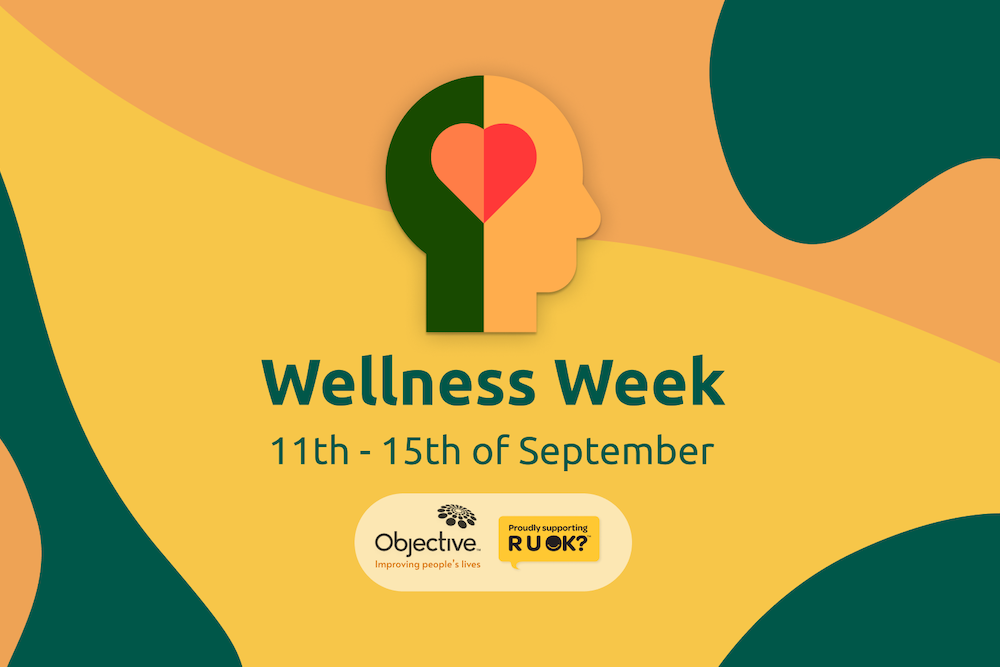Eye tracking consumers in their own homes!
Are you curious about what really goes on behind closed doors in people’s own home environments. Do you want a tool to measure your observations with, unobtrusively? Recently at Objective Experience in Sydney, a Ground-Breaking project brought us inside the home, with first person video recordings plus simultaneous 50Hz gaze tracking. We recorded over 100 people in an un-moderated and un-biased ethnographic study using eye tracking glasses. Here’s how:
The UX Research Brief:
Our client asked us to help them to understand their customers’ in-home behaviour, with a focus on subject attention across multiple devices. Sessions were experimenter-free and recorded using Tobii Pro eye tracking Glasses 2. This method is far more powerful than observation (where a researcher is present) or using room recording software (which doesn’t measure attention) because of the severe reduction in research effect. The respondents were able to relax and go about their typical evening chores and entertainment consumption, while providing fascinating insight into consumer behaviour.

Heatmap output from Tobii Pro Eye tracking Glasses, manually coded
The UX Research Tools:
Six pairs of Tobii Pro Glasses 2 eye tracker (which records field of view, sound, movement, and eye gaze), Tobii Pro Analyzer & the brains of Objective’s team of experienced UX researchers!

High tech eye tracking is robust enough for in-home usage by consumers
The UX Research Process:
Over a 2.5 week period, participants recruited by our Sydney & Melbourne Research Network panel dropped by our office (usually on their way home from work) to collect the equipment and were given a brief orientation about how to set up and calibrate themselves with the eye tracking glasses. That same evening, they recorded themselves going about their typical evening. The following morning they returned the equipment and collected their incentive. We were able to run up to 6 concurrent people per evening, so numbers were easy to scale.
The UX Research Outcome:
Our research team conducted a detailed and in-depth review and coding exercise of the eye tracking data. The data was analysed against demographic profiles to spot trends and differences in collaboration with our partners. What was really great was that we discovered qualitative insights, of both conscious and unconscious behaviours, which we have never before had access to or observed due to the private and independent nature of the methodology. This new eye tracking research method provided data quality and validity that is unparalleled in terms of recording, quantifying and observing natural behaviour.
Contact us if you’d like to know more about Tobii Pro eye tracking.






